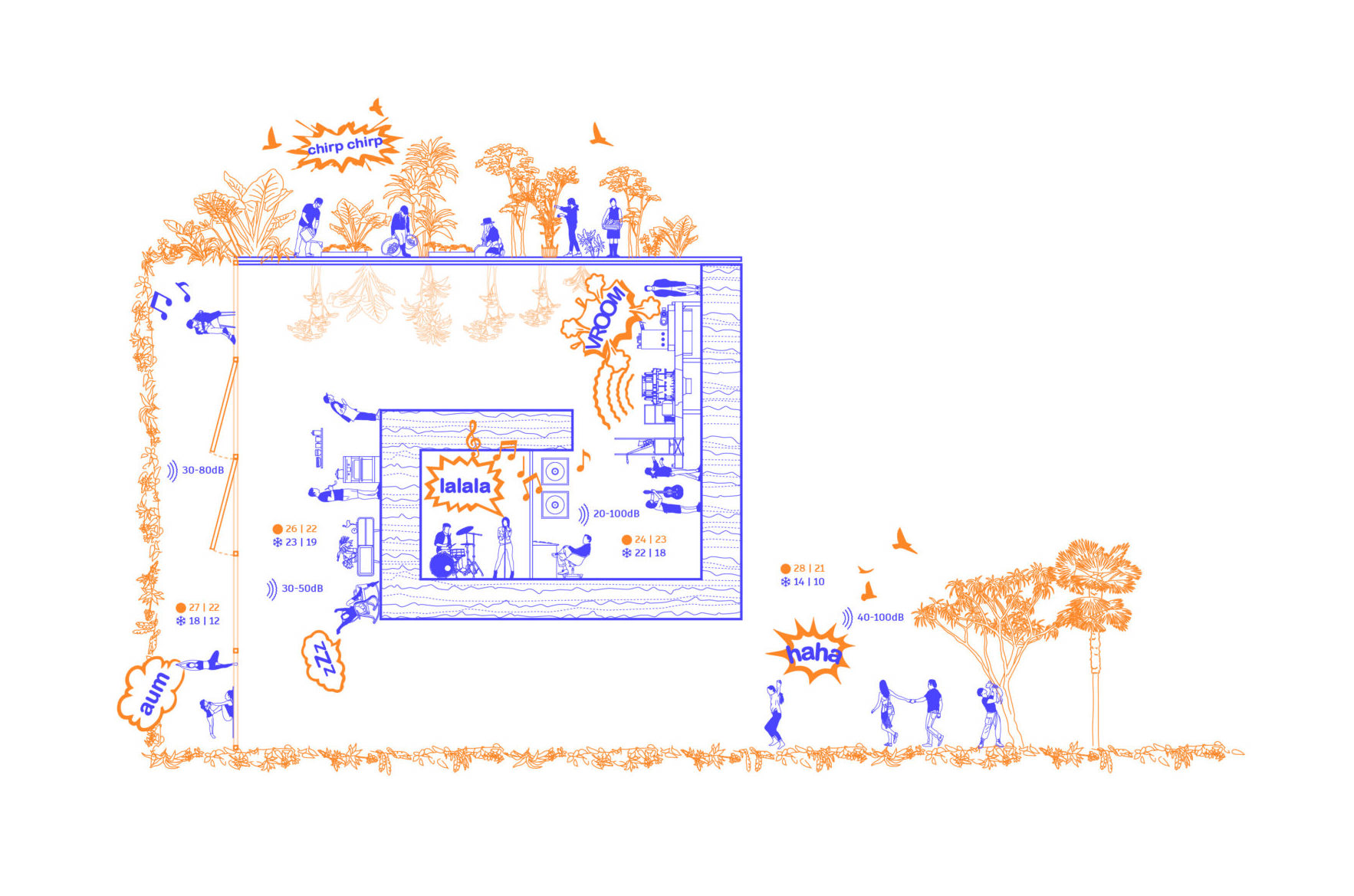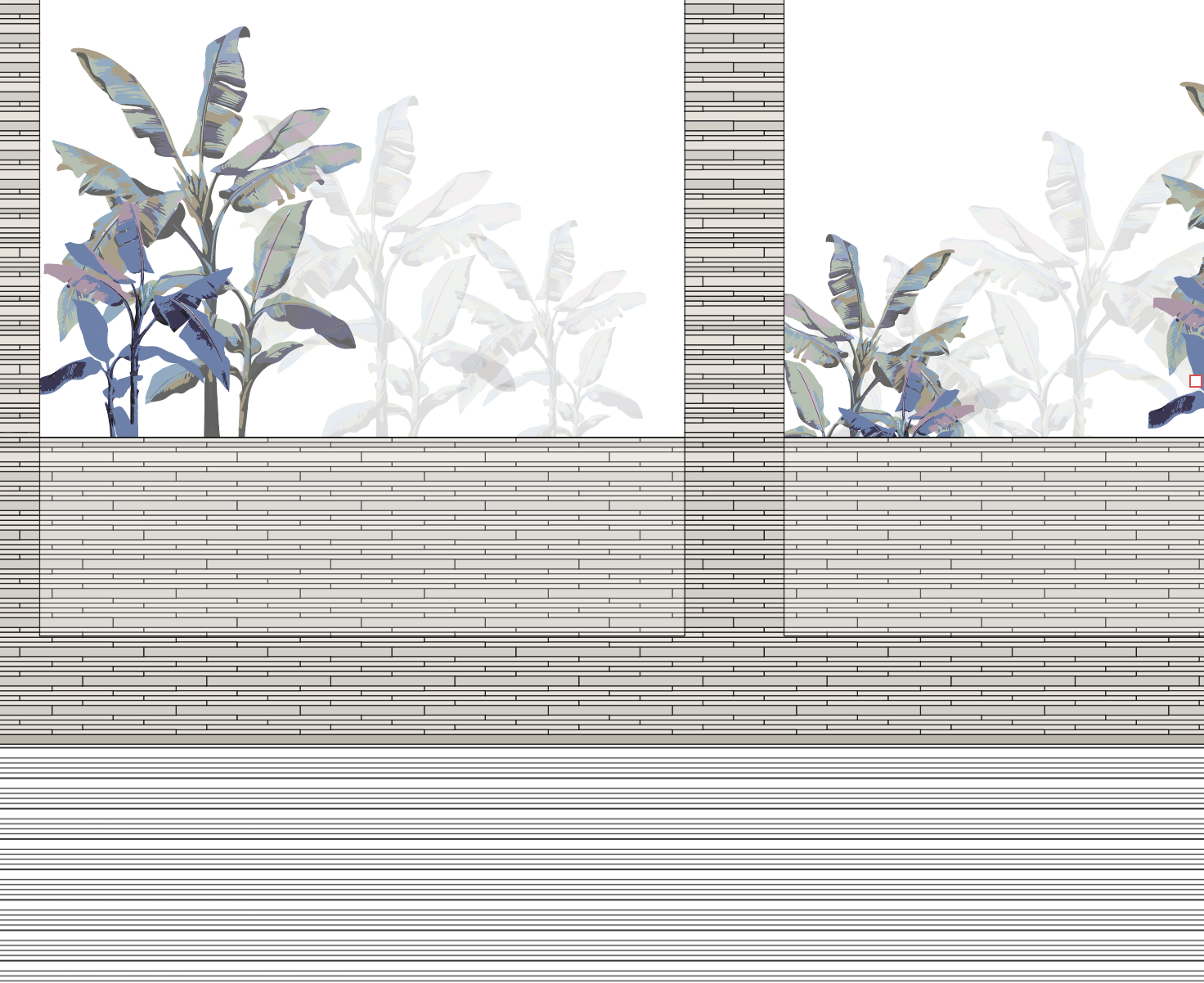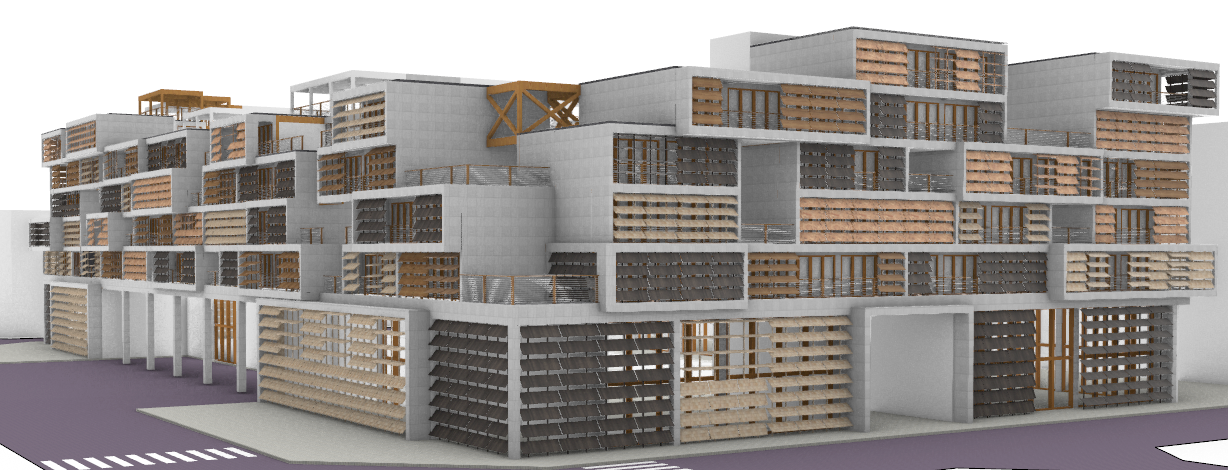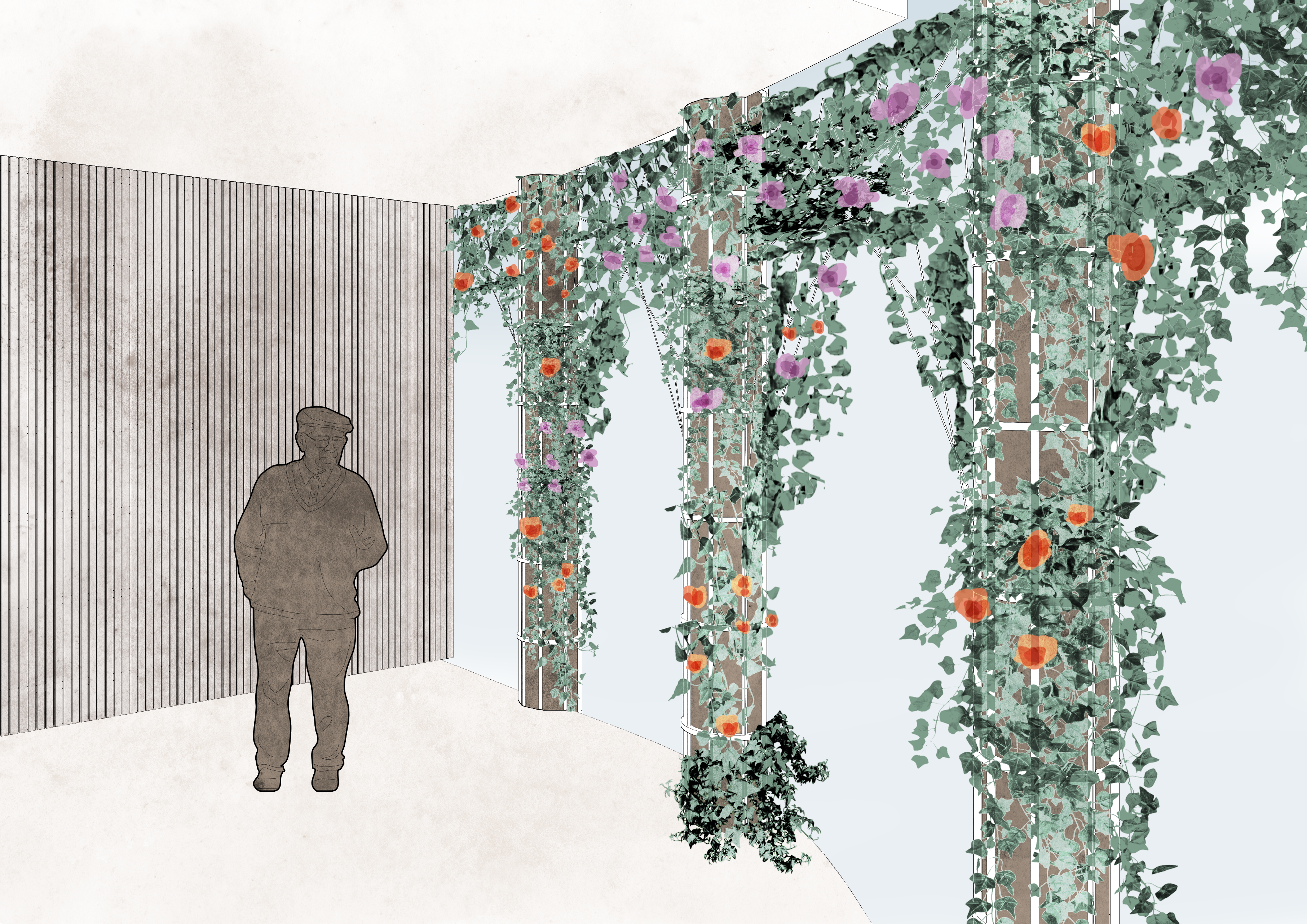Contemporary and sustainable envelopes have to be durable and/or flexible, able to be demountable, adaptable, transportable, reusable, recyclable, with low embodied energy… and as resilient as possible. Active and passive strategies have to be embedded in the envelope design to cope with air, wind, sun, water, humidity, and gradient of temperatures… so contemporary envelopes will talk about tightness, porosity, capacity of ventilation and transpiration, ability to mutate and to adapt, following the changeable exterior conditions and the changeable interior needs.
Advanced ecological envelopes have to drive the efficiency of our buildings, all their life span: during their fabrication (energy that is used in their manufacturing, transport, and installation), in their behavior (energy that is spent and energy that is produced, collected, filtered; programs that are adapted, changed, manipulated) and in their de-construction or re-use.
Resilient envelopes have to be developed, based on the harvested design strategies and the gathered concepts that the environment offers and have to be driven by specific sustainable constructive systems, integrating materiality with specific origin and composition, but also with ample room for maneuver in terms of performativity, recyclability, bio-degradability, longevity… In this sense, the use of advanced natural envelopes will be blended with the exploration of other sustainable materials, such as rammed-earth, light mineral materials, or recycled/re-used elements.










